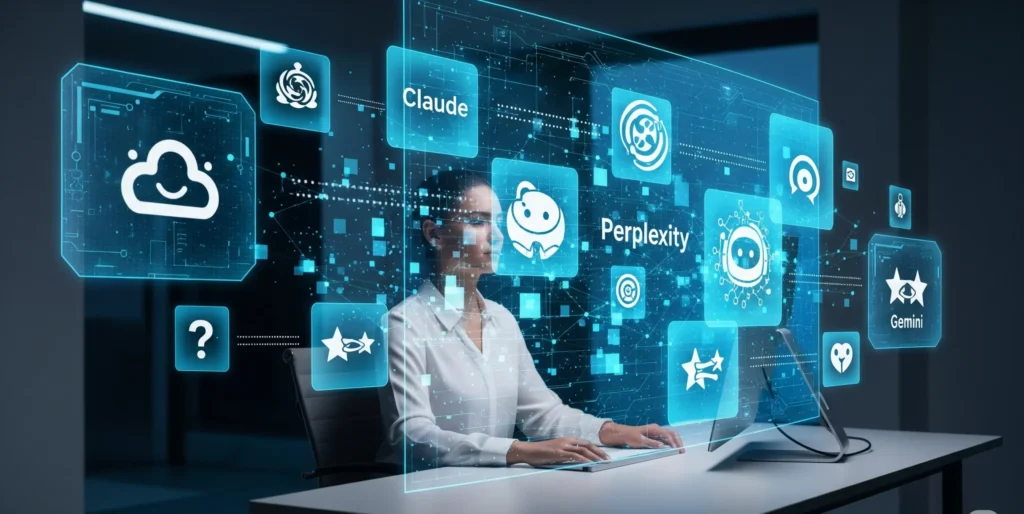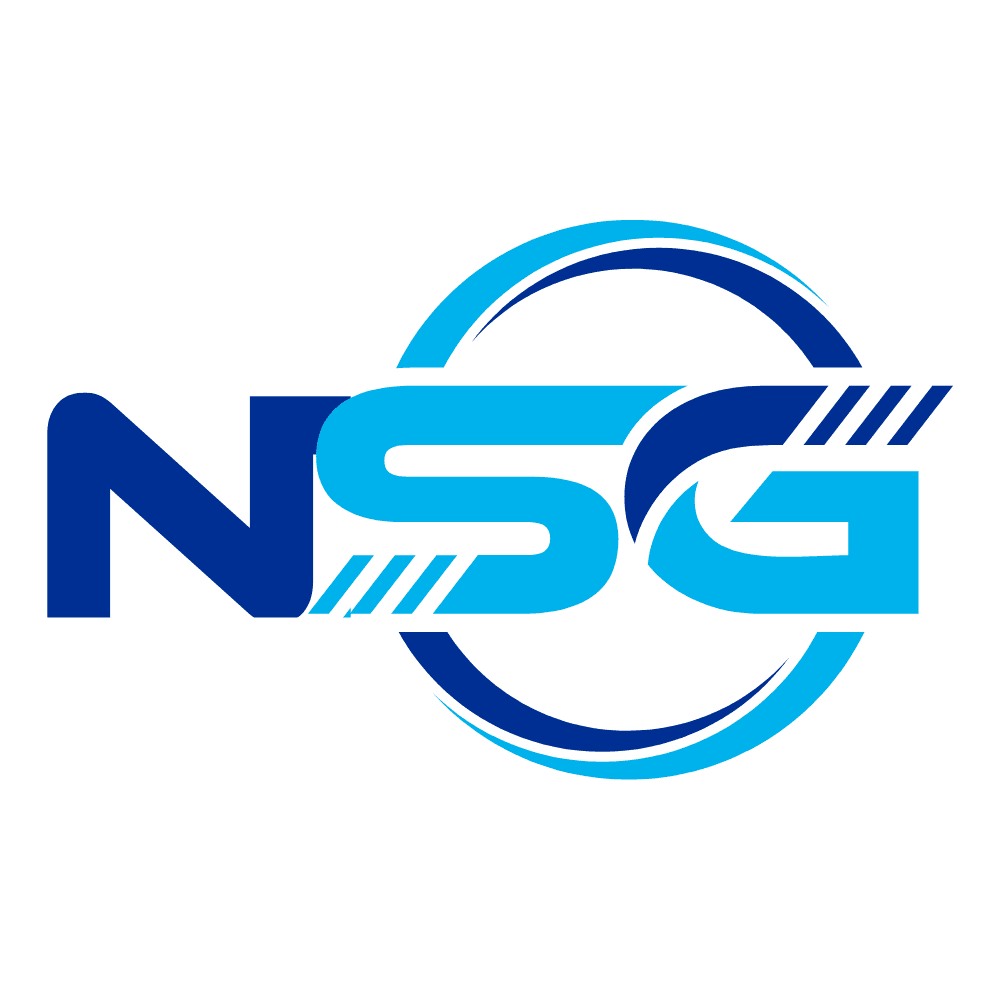The next six months will see a tsunami of new AI models: Gemini 3.0, GPT-5.5, the next Claude, Grok 5. But this isn’t just another tech upgrade cycle. For the developers, product managers, and founders building our future, this is a career-defining crossroads. The model you choose to build on, integrate, or invest in will have cascading consequences for your product’s viability, your company’s future, and your own professional skills.
The hype is deafening, and the stakes are terrifyingly high. Back the wrong horse, and you could be building on a platform that gets abandoned, outmaneuvered, or simply fails to capture users’ imagination.
This guide is designed to cut through the noise. It’s not just an analysis; it’s a decision-making framework. We will dissect the upcoming AI titans from the perspective of those on the ground, providing a practical, role-specific breakdown of which model is the right bet for you.

UPCOMING AI MODELS IN 20251
The Developer’s Dilemma: Which AI is Built to Last?
For developers, the core question is about power, stability, and potential. You need an API that is not only powerful today but is on a clear trajectory for the future, with solid documentation and a stable architecture.
Gemini 3.0: Google’s play is the ecosystem bet. The real power won’t just be the API, but its native integration with Android, Google Cloud, and Workspace. For developers building mobile apps or enterprise tools within the Google ecosystem, Gemini 3.0 promises unparalleled access to contextual data (location, calendar, real-time video). The risk? You’re tying your fate to Google’s strategic priorities.
GPT-5.5: OpenAI is the incumbent bet. They have the largest developer community and the most battle-tested API. The key advantage of GPT-5.5 will be its likely focus on backward compatibility and fixing the core reliability issues of GPT-5. It’s the safer, more predictable choice for developers who need robust, general-purpose intelligence without a steep learning curve.
Claude Series: Anthropic represents the reliability bet. For applications in regulated industries (finance, healthcare, legal), Claude’s industry-leading performance on reducing hallucinations is a non-negotiable feature. Their API is often praised for its consistency and “common sense” reasoning on complex tasks. (Source: Anthropic’s Constitutional AI Paper)
Grok 5: This is the agentic bet. For developers interested in building autonomous agents that can browse the web, use tools, and execute multi-step tasks, Grok’s tools-native architecture is genuinely exciting. It’s a high-risk, high-reward choice for those building at the absolute bleeding edge of AI agency.
For developers, the core question is about power, stability, and potential. You need an API that is not only powerful today but is on a clear trajectory for the future, with solid documentation and a stable architecture. Beyond choosing a foundational model, leveraging the right code-specific tools is critical, which is why it’s worth knowing about the free AI Python tools that can accelerate development.
The Product Manager’s Playbook: Which AI Delivers the Best User Experience?
For Product Managers, raw intelligence is secondary to the user experience. You need a model that is safe, reliable, and capable of creating the kind of intuitive, multimodal interactions that will define next-gen products.
Gemini 3.0: The winner for multimodal UX. The rumored ability to understand real-time video, 3D objects, and geospatial data in a single context window opens up a universe of product possibilities—from AI-powered interior design apps to real-time sports coaching assistants. A PM in Austin could prototype an app that gives live feedback to a golfer on their swing, something no other model can promise.
GPT-5.5: The likely winner for conversational nuance. After the “robotic” feel of GPT-5, OpenAI will pour immense resources into making GPT-5.5 feel more human, creative, and engaging. For products that rely on high-quality text generation, chatbots, and creative content, this will be the model to beat.
Claude Series: The clear winner for brand safety and trust. For any PM building a product where brand reputation is paramount, Claude is the only choice. Its constitutional design minimizes the risk of generating harmful, biased, or off-brand content, making it the go-to for enterprise-grade applications being deployed in markets like the EU with strict regulations.
The Ultimate 2025 AI Model Decision Matrix
Gemini 3.0
- Core Architecture (Rumored): Unified Multimodal
- Best For (Use Case): Real-time video, Android apps
- Key Differentiator: Deep Ecosystem Integration
- Developer Bet (1-5): 🚀🚀🚀🚀
- Enterprise Bet (1-5): 🚀🚀🚀
GPT-5.5
- Core Architecture (Rumored): Refined MoE
- Best For (Use Case): General-purpose, creative text
- Key Differentiator: User Trust & Polish
- Developer Bet (1-5): 🚀🚀🚀🚀🚀
- Enterprise Bet (1-5): 🚀🚀🚀🚀
Claude 4.x
- Core Architecture (Rumored): Constitutional AI
- Best For (Use Case): Enterprise, regulated industries
- Key Differentiator: Unmatched Safety & Reliability
- Developer Bet (1-5): 🚀🚀🚀
- Enterprise Bet (1-5): 🚀🚀🚀🚀🚀
Grok 5
- Core Architecture (Rumored): Tools-Native, Agentic
- Best For (Use Case): Autonomous agents, simulations
- Key Differentiator: Real-World Agency
- Developer Bet (1-5): 🚀🚀🚀🚀
- Enterprise Bet (1-5): 🚀🚀
DeepSeek V4
- Core Architecture (Rumored): Hybrid MoE 3.0
- Best For (Use Case): On-device, efficient inference
- Key Differentiator: Efficiency (if it ships)
- Developer Bet (1-5): 🚀
- Enterprise Bet (1-5): 🚀
The Founder’s Bet: Which AI Has the Power to Disrupt?
Founders and investors must look beyond the tech to the underlying market thesis. Where is the true disruption potential?
“We are at the beginning of a new industrial revolution… Every computer will have an AI… and it will be a co-pilot that helps you be more effective.” — Jensen Huang, CEO of NVIDIA (Source:NVIDIA GTC Keynote)
This quote frames the scale of the opportunity. Your bet as a founder is on which platform will best enable this “co-pilot” future.
- The Ecosystem Moat (Gemini): Betting on Gemini is betting that distribution wins. Google’s ability to push Gemini to billions of users instantly creates a massive, defensible market.
- The Brand Moat (OpenAI): Betting on GPT is betting that the ” Kleenex of AI” brand and a massive developer community are the strongest moats. They have mindshare, which is incredibly difficult to displace.
- The Trust Moat (Anthropic): Betting on Claude is a bet that in the long run, safety and reliability will be the most valuable differentiators, especially for high-value enterprise customers.
- The Agency Moat (xAI): Betting on Grok is the high-risk venture bet. It’s a bet that the future isn’t just about chatbots that talk, but about agents that do. If they succeed, they could leapfrog the entire conversational AI market.
Grok 5 will be out before the end of this year and it will be crushingly good https://t.co/W0SP9bu1GH
— Elon Musk (@elonmusk) August 7, 2025
The DeepSeek dilemma serves as a crucial warning for every founder: your technology stack is now subject to geopolitical risk. The ongoing chip restrictions are a stark reminder that supply chain resilience is as important as algorithmic innovation.
Actionable Takeaways & Your Next Move
- For Developers: If you’re building for mobile or the Google Cloud, start prototyping with the current Gemini API now. For everything else, the stability of GPT-5.5 will likely make it the default choice, with Claude as your go-to for high-reliability tasks.
- For Product Managers: Start storyboarding user experiences that leverage true multimodality. The company that figures out the killer app for real-time video analysis will be a massive winner.
- For Founders: Don’t just follow the hype. Align your choice of model with your core business thesis. Are you building a trusted enterprise tool (Claude) or a disruptive consumer agent (Grok)? The answer will dictate your platform choice.
Additional Resources & Further Reading
- Official Developer Blogs: Google AI, OpenAI Blog, Anthropic News
- Top AI Newsletters: Ben’s Bites, The Neuron
- Research Papers: For the latest technical details, monitor arXiv cs.CL (Computation and Language).
Frequently Asked Questions (FAQ)
What is the likely cost of these new models?
Expect a tiered pricing model to continue. “Flash” or “Sonnet” versions will remain highly affordable for general tasks, while the full-power “Pro” or “Opus” models will carry a premium price based on token usage. The biggest cost factor will be the size of the context window.
How can I prepare my skills for these new AIs?
Focus on “agentic design” and “multimodal engineering.” Learn how to chain AI calls together to create autonomous workflows (agentic design). Start experimenting with APIs that can handle images, audio, and video simultaneously (multimodal engineering). These will be the most in-demand skills of 2026.
Will open-source models be able to compete?
Yes, but in a different league. Open-source models from Llama, Mistral, and others will continue to dominate for tasks that require fine-tuning, privacy (on-premise deployment), and cost-efficiency. They are unlikely to match the raw, general-purpose intelligence of the frontier models from the major labs in the short term.
How will these more powerful AI models impact jobs?
These models will act as powerful “co-pilots” and productivity multipliers rather than direct job replacements… The biggest impact will be on the skills required for jobs, not the number of jobs themselves. It’s a complex shift, exploring the paradox of roles being both created and displaced, as many are discovering the hidden human element in what it means to be fired by AI, but also hired by AI.
